The Brand Nursery has been attending the Fancy Food Show in New York since 2010. Each time, we take the opportunity to search out emerging new food ideas and trends, and look for interesting product innovations.
As ever, this year showcased some examples of dynamic sectors that offer something new, different and exciting (see Korea). But we also found a number of established sectors now rebooting with ‘2.0’ offerings. They’re more considered, they’re using innovation to broaden their appeal or audience, and they’re often better and more diverse than the first iteration. So here’s our pick of the top trends
1. The Mediterranean diet
The benefits of the Mediterranean diet have long been proclaimed, but this year we heard a lot of people talking about its importance. We also noticed a range of food offerings from Italy, Greece and North Africa attaching overt claims about being nutritionally ‘clean’ under this umbrella. They appear to be positioning themselves as the antidote to ultra-processed food.
Paliria was offering products reflecting the best of Greek cuisine that exemplify “the unique nutritional identity of our region’s raw materials and precious gifts of our fertile lands” to deliver longevity of life and better wellness.
Pranzo displayed a striking range of Italian ingredients and sauces that were positioned as “Mediterranean flavours, curated for you”.
Villa Jerada had a range based upon “Moroccan and Levantine pantry products that celebrate ancestral culinary traditions” and exemplified the North African contribution to this diet.
2. Plant-based power
Plant-based alternatives have been around for a while. So has added protein. Now they are being combined to create a more complete, nutritious offering.
Poshi (standing for ‘power of simple healthy ingredients’) are all-natural premium veggies lightly marinated with Mediterranean herbs, then peeled and steamed to maintain texture and easy digestion.
Full of Beans is a New York business that advocates the power of protein-rich beans in its products to help deliver a “beaningful life”.
Tooties Tempeh from Maine proclaims to be “a premium and sustainable plant protein”, whilst I Eat my Greens from San Diego has a range of “mouth-watering plant-powered soups”.
3. Say cheese
Another sector that seems to be going through a ‘2.0’ shift is dairy cheese.
We saw this via product innovation to make cheese more convenient for snacking, or for ‘portable’ eating, like Lotito Foods’ Cheese Wraps that offer a low-carb alternative to a bread wrap. Or Cheese Bits from California, which offers cheese in ‘pearl’ form for easy nibbling.
There were other cheeses, notably from Dutch brand Kaamps Estate, that introduce flavour through unusual inclusions (pizza, apple pie…) and ‘washes’.
But we also noted that speciality cheese is becoming a bit like craft beer in its presentation. Instantly interesting labels from companies like Plymouth Cheese and Godminster grab the attention; a bit steampunk, echoing beer brands like BrewDog in both attitude and packaging design.
4. Restore me
A few years ago we identified ‘the joy of food’ as an emerging trend – lots of products that had playful, witty packaging, or that promoted the joyous experience of consumption.
Now this trend appears to have moved on to reflect more ‘inner happiness’.
Moment offers a range of soft drinks that claim to contain natural adaptogens and botanicals for “calm, clarity and vitality”.
Simpli is a US business that works with food producers in South America to deliver a range of regenerative ingredients to help restore the body and mind. Its ethical stance and practices back up its claim of being “on a movement to connect people around the world through the joy of food”.
Meanwhile, Ma Ha Virtue is a San Francisco food business that proclaims its ingredient sourcing enables it to “curate experiences that nourish both the body and the soul”.
5. Seoul food
Korean food was all over this year’s show, and not just Hello Kitty Pot Noodles and pour-over sauces. There was Korean speciality bread made from potatoes, which actually looks like potatoes (odd, but intriguing), kimbap (Korean sushi) and a number of products inspired by Korean street food that created a real buzz at the show.
Tornado potatoes (usually sold at fairgrounds or as a cheap street food snack) delivered a great hot handheld snack to be eaten on the move. The importer was desperate to show his next potential product – an ice cream smore finished by hand using a blowtorch shaped like a dinosaur head or Iron Man’s glove.
@seoultravel @naomikatoo tries this delicious Korean street snack🍡 (via IG) 📍 Maroro Marshmellow Ice Cream Hongdae Food Street: 35 Hongik-ro 3-gil, Mapo-gu, Seoul🇰🇷 #Seoul #Seoultravel #travel #traveltiktok #korea #koreanfood #koreansnack #snack #snacks ♬ Treasure - Bruno Mars
Then there was Melona, which brings popular Asian flavours in the most approachable way possible – through ice cream – from its classic honeydew melon flavour to mango and ube (purple yam). It’s Korea’s number one ice cream brand and may have a big future outside Korea, too, judging by the big queues to try it on a 90°F day in NYC!
7. Do it myself
We saw more kits than ever before at the show, and not just the usual cake and cookie mixes.
There were a host of Italian food kits, covering everything from My Cooking Box’s Aperitivo product – which allows for the creation of friselle and taralli bites with accompanying dips – through to The Ricotta Cheese Factory’s cannoli kit.
We saw kits to create boba tea, kimimbap and bimibap kits – showing more Korean influence – and kits to make serving up smoked salmon and avocado a bit simpler.
Amongst the plethora of baking kits, there was a range from Red Velvet that looked set to help the user create something rather special.
7. Stuff that works
The last example of the ‘2.0’ reset is around new products that just really delivered, and therefore offer something a bit different in their sector.
Republic of Tea is back at the show having been away since 2019. It’s a great brand with a proper ‘story’ that is built on meaningful innovation. This year it had tea concentrates – an idea that doesn’t feel that revolutionary, but that did make the production of a tasty cup of tea just a little bit quicker.
Split Nutrition is on a mission to create simple snacks with real foods “to energise, satisfy, and spread smiles everywhere”. Its ‘split’ packs offer the combination of nut butter and juicy jelly spread to make the perfect ‘PBJ’ on the go.
Fly By Jing offered a range of striking, versatile Chinese food sauces that really delivered the “electric flavour” that they promised.
Then there’s Fresh Paper. This isn’t a food product, rather a plant-based paper that keeps food fresh. Placing a sheet of the paper amongst fresh produce will preserve it for up to four times longer, thus helping to reduce food waste, the brand claims.
And stuff that is just a bit mad…
As ever, the Fancy Food Show had its regular array of slightly weird and esoteric stuff too – products that grab your attention, even if their long-term future seems a little tenuous.
This year we saw:
- Zebra pâté – actually, pretty tasty
- Rap Snacks – who wouldn’t want to share a bag of munchies with Snoop?
- Coffee flavours inspired by doughnuts
- Stingless bee honey – because… well, we’ve no idea really
- And ‘restructured water’, which apparently involves passing water over quartz to re-establish its optimal molecular structure. We’re not entirely convinced.



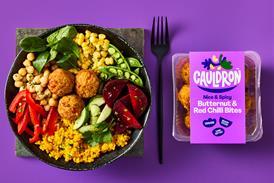
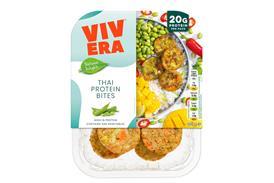


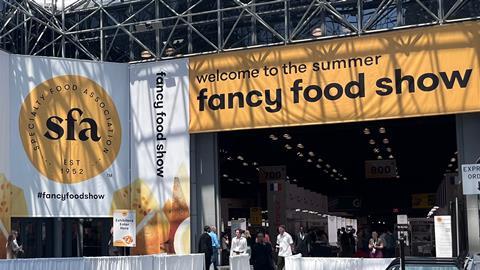
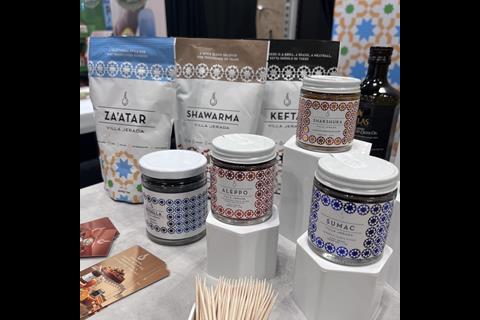
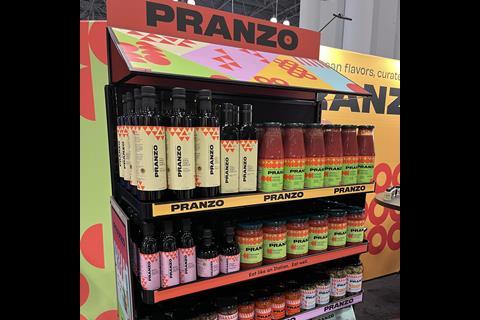
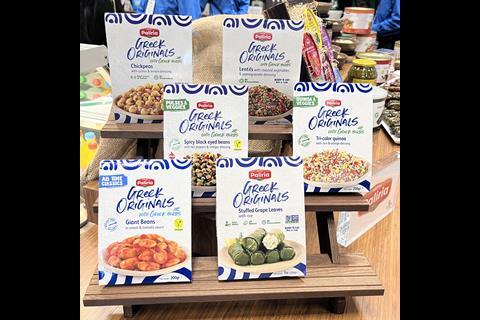
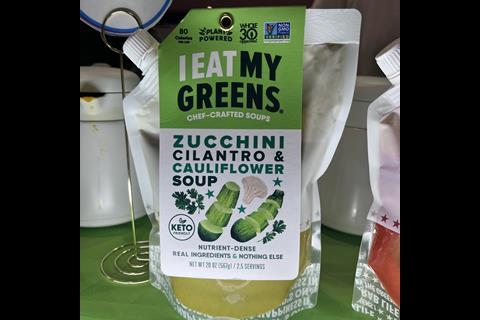
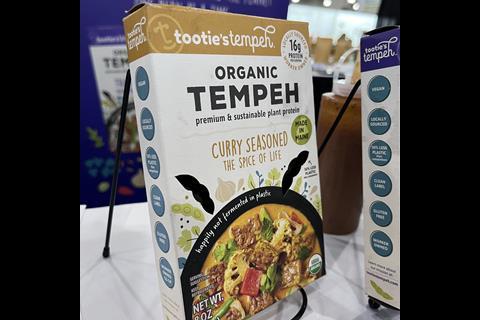

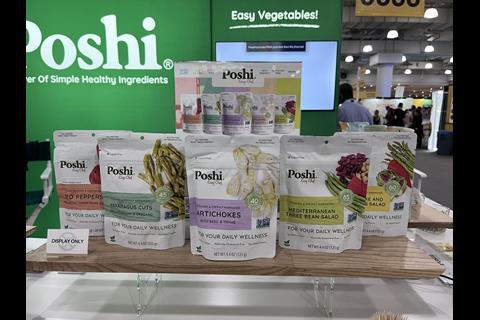
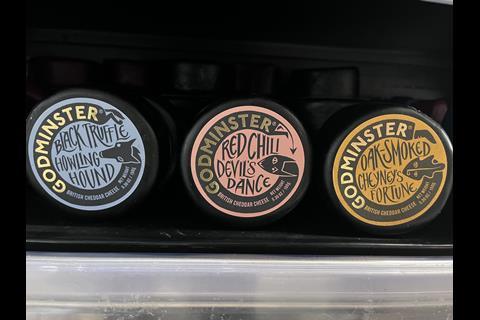

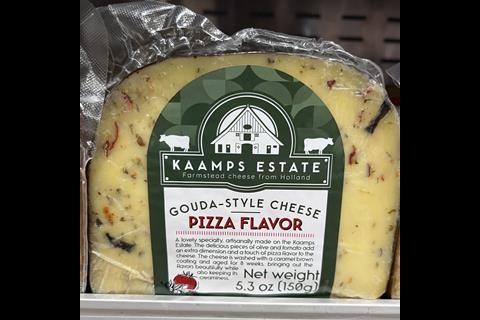
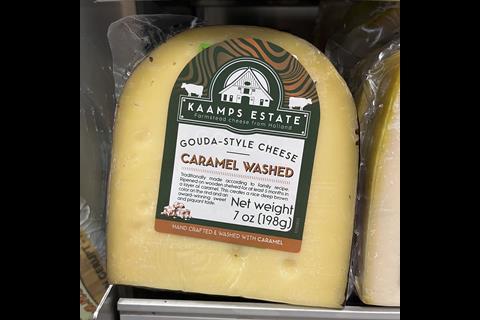
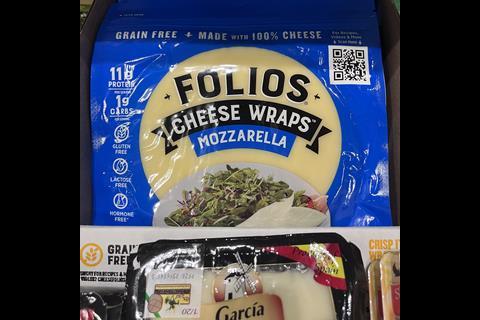
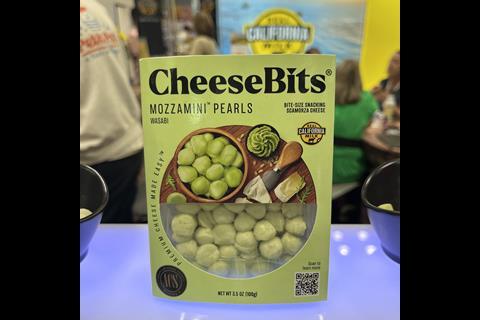

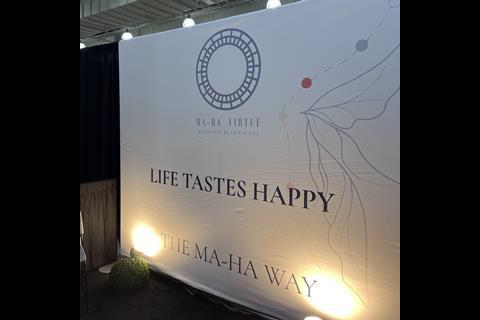

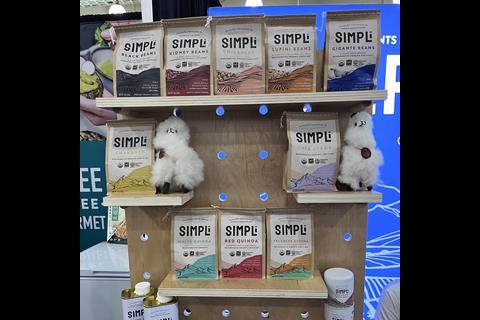
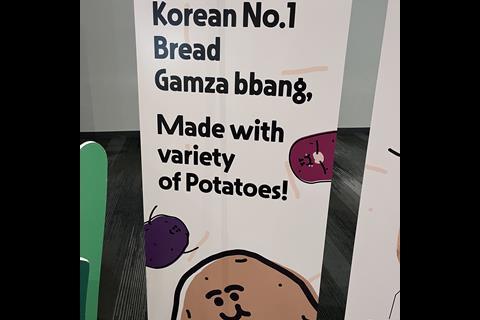
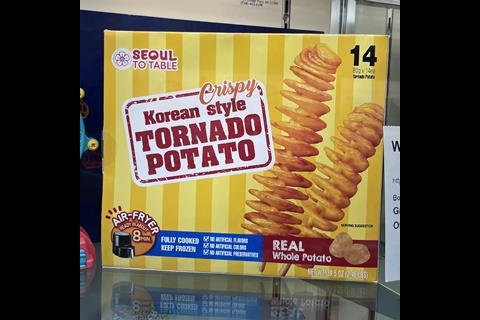
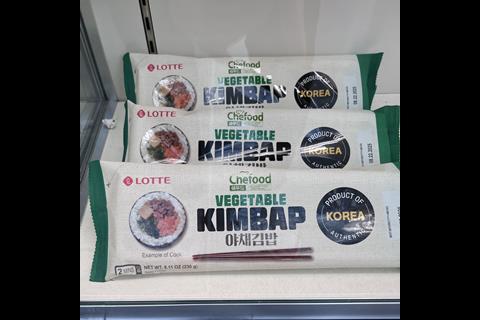




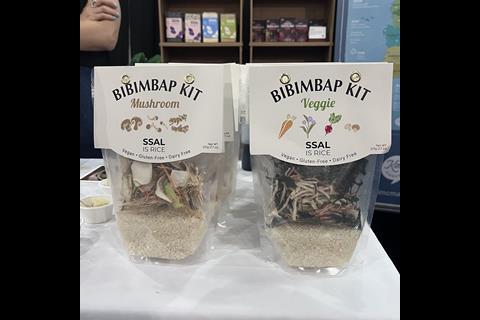
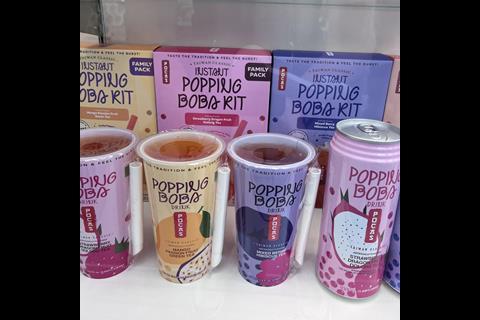



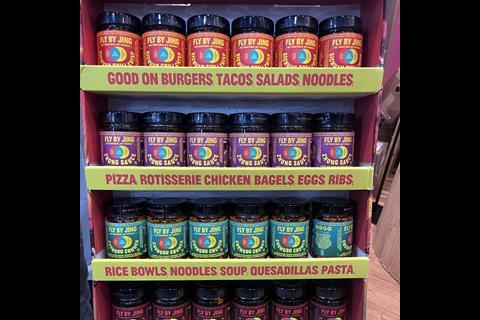


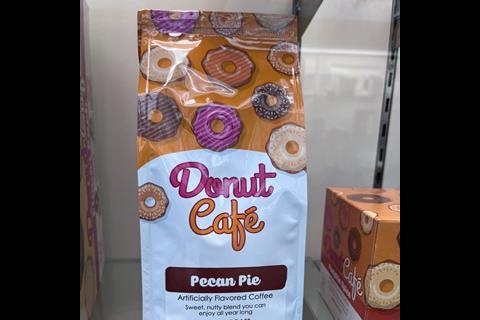





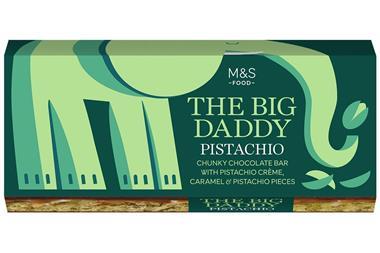
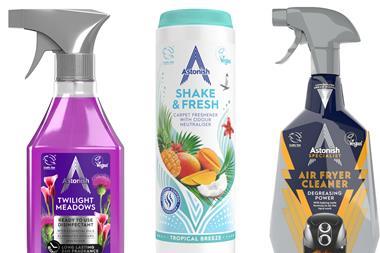






No comments yet